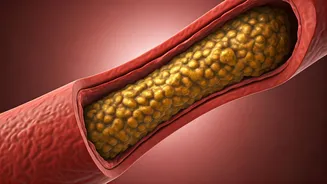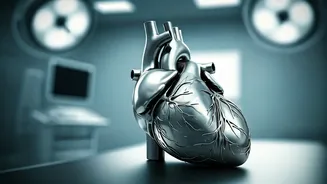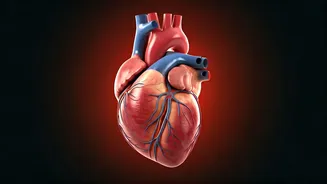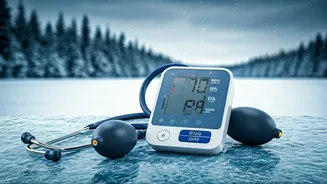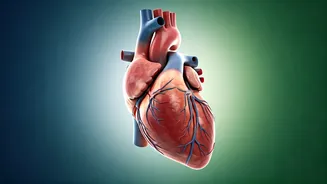Chest Pain or Tightness
One of the most telling signs of blocked arteries is chest pain or a sensation of tightness, particularly during physical activity. This discomfort arises
because the heart muscle isn't receiving enough oxygen-rich blood. Activities such as walking or climbing stairs often trigger this symptom, known as angina. If experiencing such chest discomfort, especially when exertion is involved, it is extremely important to consult a healthcare professional. They can conduct appropriate tests to determine the underlying cause and ensure the best course of action is taken.
Numbness in Limbs
Numbness or weakness in the arms or legs can also signify blocked arteries. When blood flow is restricted, it may lead to a reduced supply of oxygen and nutrients to the limbs. This can cause feelings of numbness, tingling, or weakness. The affected area may feel cold to the touch. Should you experience this in either your arms or legs, coupled with the previously mentioned symptoms, do not delay seeking medical advice. This is crucial for accurately diagnosing and managing the potential underlying issue.
Coldness or Color Change
A noticeable difference in temperature or color of one limb compared to the other may signal issues with blood circulation. Blocked arteries can reduce the blood supply to a particular limb, leading to it feeling colder than the unaffected limb. Furthermore, the skin may appear pale or bluish. If you observe any stark difference in the color or temperature between your limbs, it is best to consult with a medical professional. Prompt diagnosis and treatment are crucial to prevent any further complications that can arise from inadequate blood flow.
Leg Cramps at Rest
Experiencing leg cramps that subside with rest is another potential warning sign. This type of pain, often occurring in the calf or foot, can occur when the arteries are blocked, especially while walking or during exercise. The pain is caused by the muscles not receiving enough blood flow, which in turn leads to cramping. The cramps often disappear when you stop moving and rest. If leg cramps regularly occur, particularly when resting or after short distances, seeking medical evaluation is important to rule out any underlying vascular issues.
Slow-Healing Foot Wounds
Wounds on the feet that exhibit a slow healing process are another indicator. Insufficient blood supply, stemming from arterial blockages, can impede the body's natural healing processes. This can cause small cuts or sores on the feet to heal slowly or, in severe cases, to not heal at all. Any open wounds that do not heal within a reasonable time span, especially on the feet, should be evaluated by a healthcare provider. Quick action is vital to prevent infections and other health complications.
Breathlessness & Fatigue
Unexpected breathlessness or fatigue can be subtle yet important signs. Blocked arteries affect how well your heart works, leading to reduced efficiency in oxygen distribution throughout the body. This can result in fatigue, even with minimal activity, and shortness of breath. Should you find yourself feeling unusually tired or winded during everyday tasks, or if such symptoms start unexpectedly, consult a doctor immediately. It could indicate significant underlying cardiovascular problems.
